As we welcome the time of year when the Christmas lights go up, the decorations come out, and a tinsel-covered tree becomes your home’s focal point, electrical safety is more of a priority.
There’s plenty you can do to ensure everyone has a happy and safe Christmas at your house, including following our top five tips for electrical safety these holidays:
1. Check decorations before use
Ensure you check for damaged power plugs, loose connections and bare wires – anything that looks questionable on both old and new decorations. Although decorations may have been stored away safely or brand new, there is still opportunity for damage. If replacing bulbs in an existing set of Christmas lights, ensure your replacements are the correct wattage and all decorations are kept at least one metre away from any heat sources when turned on.
2. Keep an emergency electrician’s phone number handy
Make sure you can get hold of a licensed electrician when you need one. If someone is looking after your home while you’re away on holidays, they should have that number. We operate 24/7 to ensure we are here when you need us. It is also important to keep directions to your safety switch and instructions on how to identify and operate this should they need to.
3. Check your lights meet the Australian Safety Standards
Beware of buying Christmas lights and other electrical decorations in online markets or garage sales – you often don’t know what you’re getting. Some pretty dodgy products or decorations with different voltage allowances that can damage your electricals can make their way into Australia, so be alert for them.
TIP: Look for an Australian product approval number or the regulatory compliance mark on any lights you buy.
4. Turn off lights when they are not being used
Turning off your lights when they are not being used is especially important before you go to bed for the night. This is to avoid the dangers that come with overheating lights as Christmas tree lights should never be left on overnight. A good way to avoid forgetting is to buy a timer or lights that you can set on a timer, to automatically switch off at a certain time.
5. Avoid overloading your circuit
Specifically, when extension cords are used, ensure you are not overloading your circuit by maximising what your circuit is designed to handle. To avoid this, learn the typical wattages of your appliances, how many are in use on the same circuit, and think about how long the device will be used for.
Once you know how much power your appliances use, for how long, and how many simultaneously on the same circuit, you should refer to your circuit breaker to find out how many amps or watts it can safely load before it short-circuits.
If you would like to learn more about electrical safety in your home this Christmas, get in touch with the Ehlerth Electrical team on 1800 940 413 or make an enquiry here. We service clients across South East Queensland.









